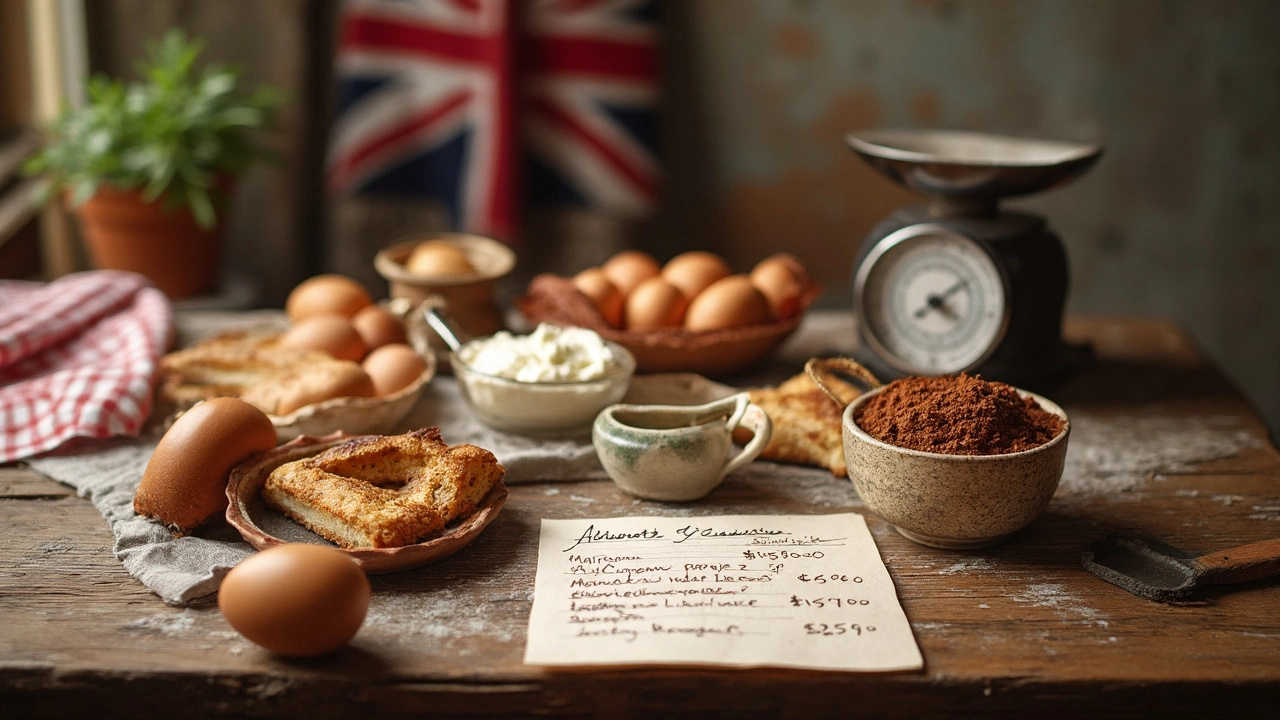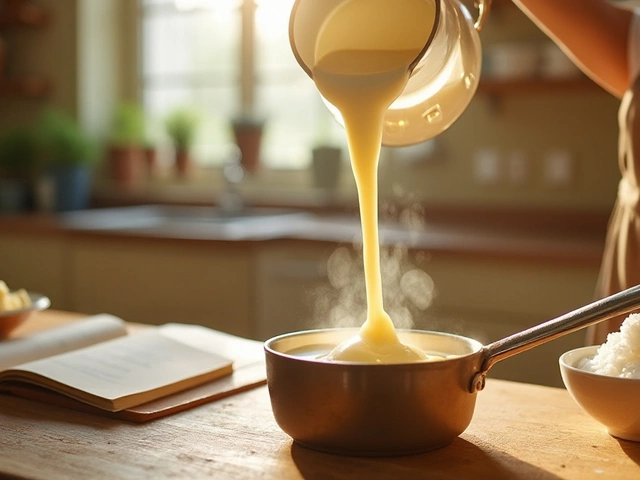Essential Tiramisu Ingredients for a Classic No‑Fail Dessert
If you’ve ever wanted to make that creamy, coffee‑soaked Italian treat, the first step is knowing the right ingredients. Tiramisu isn’t magic – it’s just a few simple items that work together. Below you’ll find the core ingredients, why they matter, and a few tricks to get the best flavor every time.
Core Ingredients You Can’t Skip
Ladyfingers (Savoiardi) – These light, sponge‑like biscuits are the backbone of tiramisu. They soak up coffee without falling apart. When buying, look for dry, unsweetened sticks. If they’re too soft, toast them briefly in the oven to give them a firmer bite.
Mascarpone Cheese – This fresh Italian cheese gives tiramisu its rich, velvety texture. Choose a full‑fat mascarpone; low‑fat versions can become grainy. Keep the cheese cold until you mix it, then let it sit at room temperature for a few minutes so it blends smoothly.
Egg Yolks and Sugar – Traditional tiramisu uses a custard made from egg yolks whisked with sugar. This creates a sweet, thick base for the mascarpone. If you’re worried about raw eggs, you can warm the yolk‑sugar mixture over a double boiler until it reaches 160°F (71°C) – that kills bacteria without cooking the yolks.
Strong Coffee – A bold espresso or strong brewed coffee is key. It should be cooled before you dip the ladyfingers, otherwise the biscuits will turn mushy. Some bakers add a splash of coffee liqueur like Kahlúa or Amaretto for extra depth, but plain coffee works just fine.
Cocoa Powder – A generous dusting of unsweetened cocoa on top adds a bitter counterpoint to the sweet layers. Use a fine sifted cocoa to avoid clumps. For a richer look, you can alternate cocoa with grated chocolate.
Tips, Variations, and Substitutions
If you’re short on any ingredient, there are easy swaps. For dairy‑free tiramisu, replace mascarpone with a blend of silken tofu and coconut cream. Use almond‑flour ladyfingers or even plain sponge cake if you can’t find Savoiardi. Remember that each change will affect texture, so adjust soaking time and sweetness accordingly.
To keep the dessert from getting soggy, dip each ladyfinger quickly – a second or two is enough. Too long and they’ll dissolve, too short and the coffee flavor won’t shine.
When layering, start with a thin coffee‑soaked ladyfinger layer, then spread half the mascarpone mix, repeat, and finish with the last mascarpone layer. Smooth the top, chill for at least four hours (overnight is best), then dust with cocoa right before serving.
Finally, taste the final product before serving. If it feels too sweet, a pinch of sea salt can balance the flavor. If it’s not coffee‑strong enough, lightly brush the top with extra espresso. Small tweaks make a big difference.
With these ingredients and tips in hand, you’re set to create a classic tiramisu that tastes like it came from a café in Rome. Grab your pantry items, follow the steps, and enjoy a creamy slice of Italy at home.







